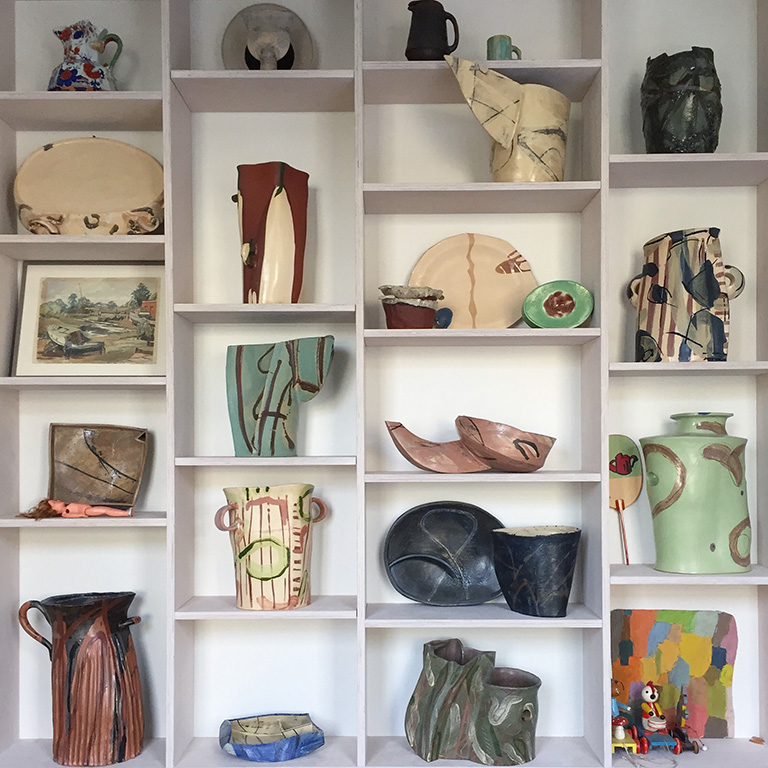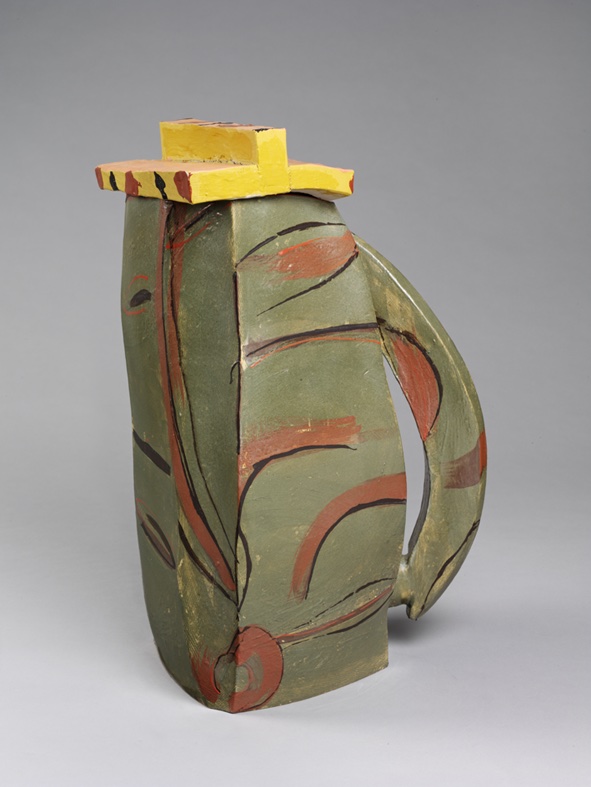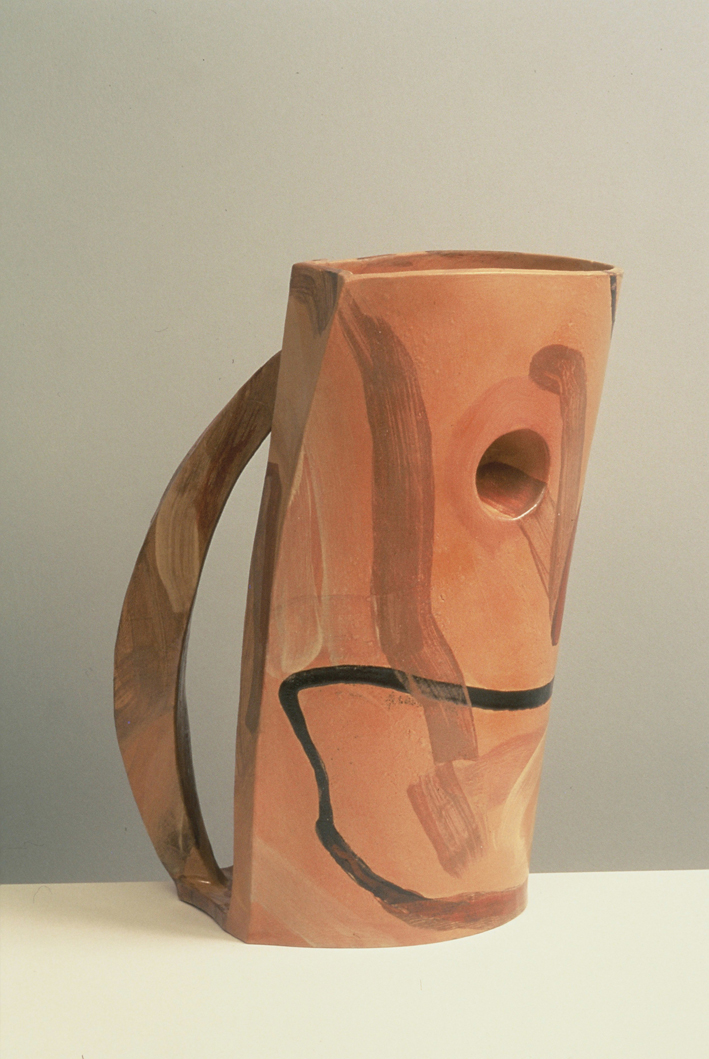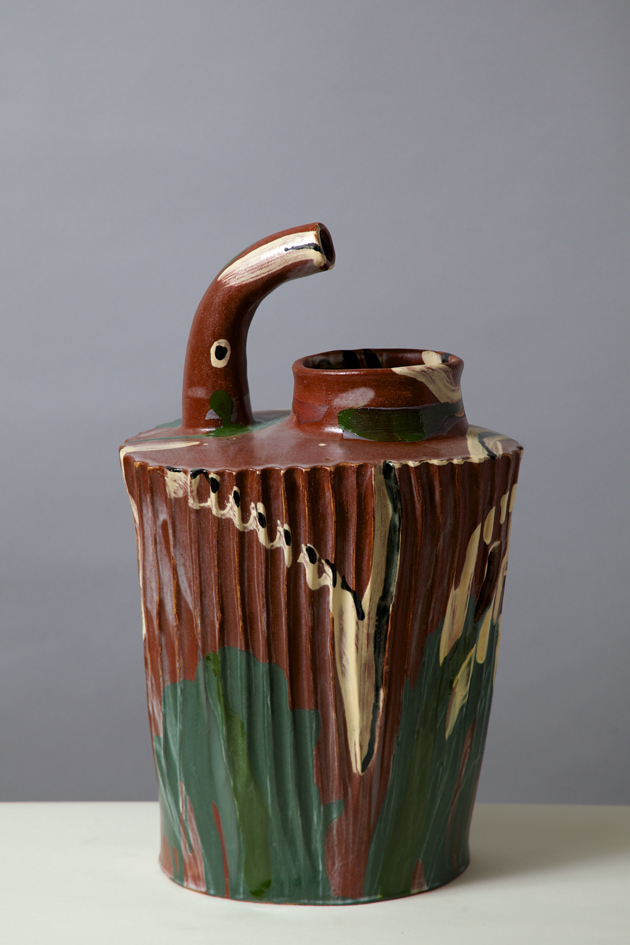Alison Britton on clay
17.02.22. Internet
Alison Britton is a ceramicist, writer and educator. She emerged as part of a revolutionary group of artists from the Royal College of Art in the 1970s, which was determined to provided an alternative to the then-dominate school of pottery, led by Bernard Leach.
Instead, their work was angular, abstract, urban, a little bit feisty and, hey, Post-Modern, provoking one critic to write in Crafts magazine that these were pieces which rejoiced ‘in a hideousness that does not even have the excuse of eloquence’.
Her pots, which famously test the outer limits of function, have evolved over the years and are generally slab built with abstract surface finishes and an architectural quality. Meanwhile, her prose has long been a vital part of her practice and a collection of her writing, entitled Seeing Things, was published in 2013.
In 2016, she had a major retrospective of her work at the V&A in London, while she received an OBE for her services to art in 1990.
In this episode we talk about: picking up clay at nine years old; growing up with her teacher parents and becoming part of her father’s research; why she became fascinated by the material; the importance of language; studying under Hans Coper at the Royal College of Art; her happy revolution in the 1970s; the importance of ‘containment’ in her practice; and her changing attitude to the work of Bernard Leach.
Huge thanks must go to the brilliant specialist auction house and art consultancy dedicated to studio ceramics, Maak Contemporary Ceramics, for sponsoring this episode.
Find out more about Alison Britton
 A collection of Alison Britton’s work. Her career started in the early 1970s.
A collection of Alison Britton’s work. Her career started in the early 1970s.  Bryan was made in 1998. Britton famously likes to play with the ‘outer limits’ of function.
Bryan was made in 1998. Britton famously likes to play with the ‘outer limits’ of function.

The ceramist also has a long-term fascination with jugs. Strap Handle was made in 1995.

Core was created in 2015. (All images courtesy of the artist)

